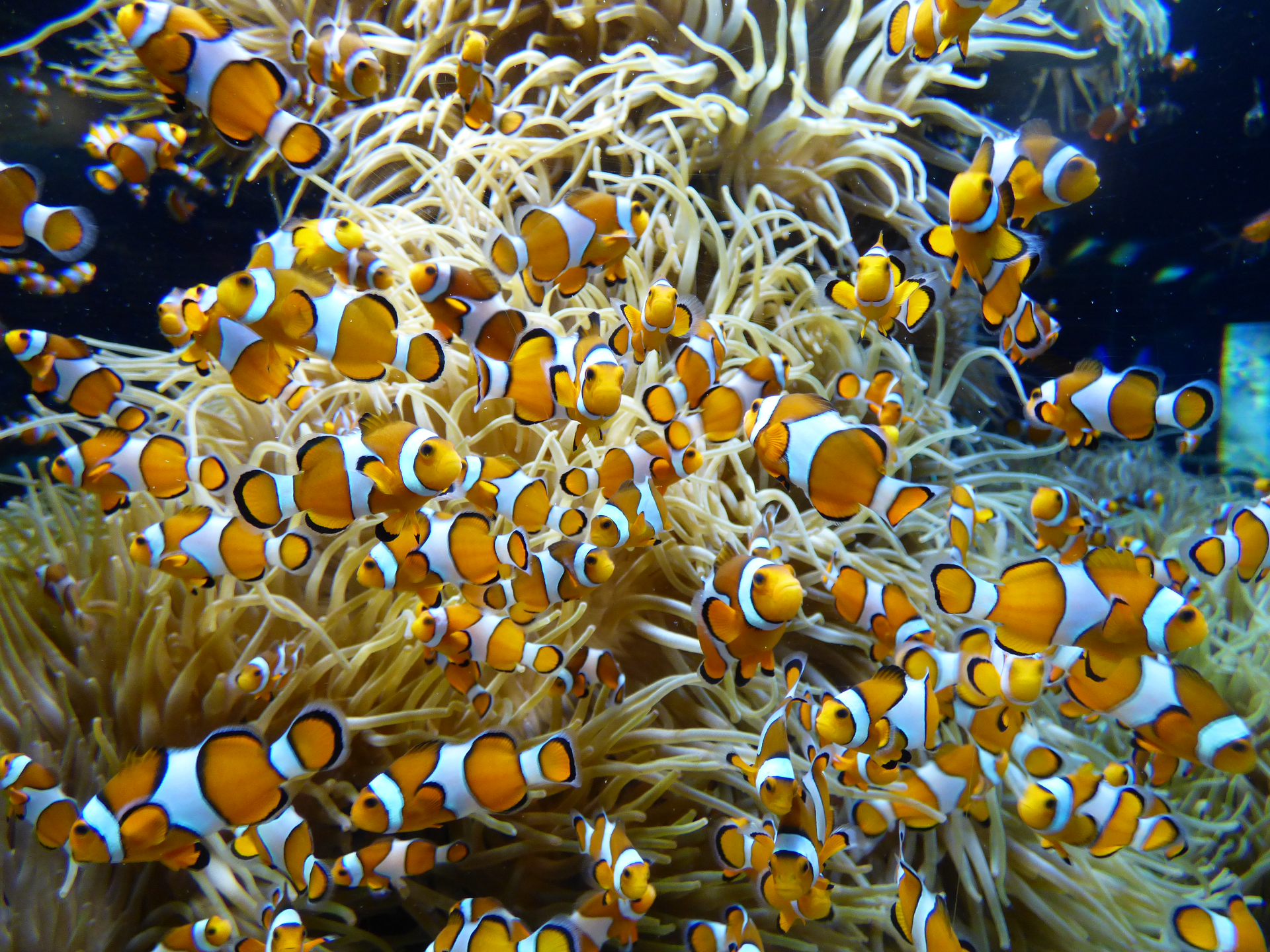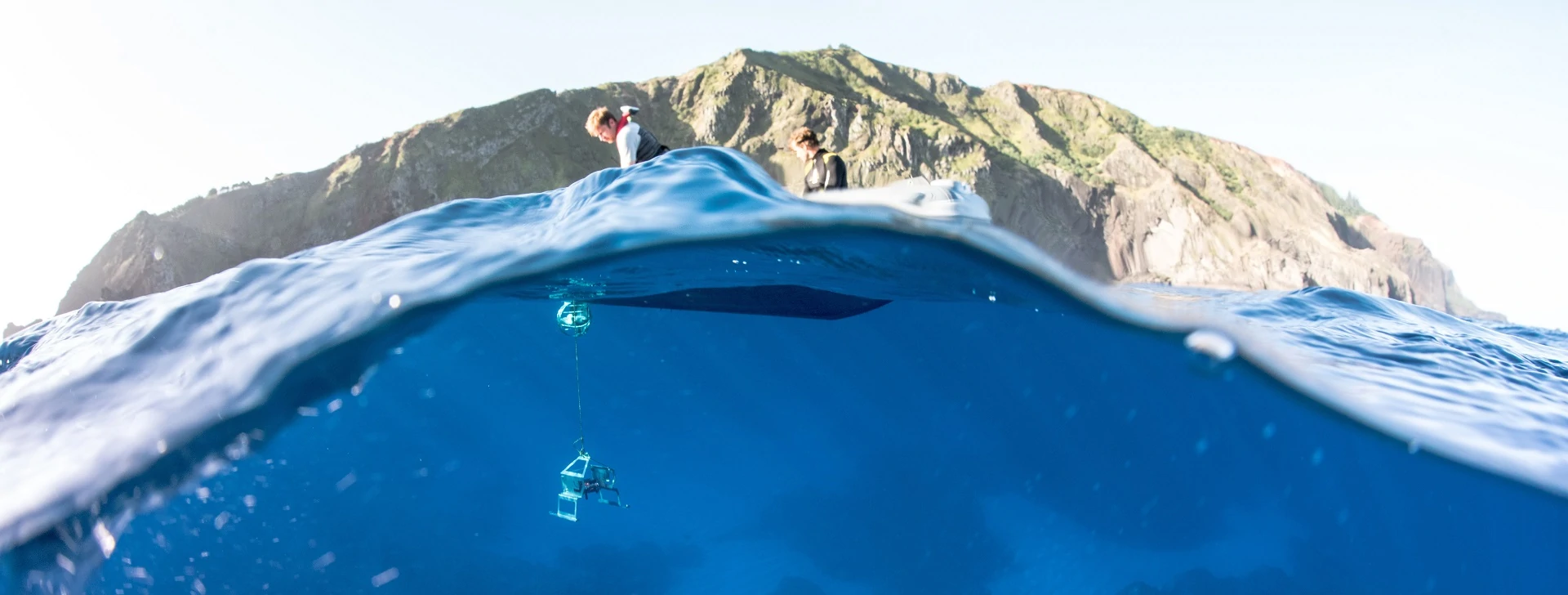Publication Abstract
- Title
-
Atlantic salmon survival during different life-stages: time to focus on improving marine survival to slow population declines
- Publication Abstract
-
Over the last five decades. the Atlantic salmon Salmo salar has suffered marked population declines across its distribution, attributed inter alia to overfishing, barriers to migration, climate change, aquaculture, and pollution. Conservation measures have been implemented to protect and recover this species, but little improvement in its population status has been observed.
Here we estimated the abundance of Atlantic salmon originating from the River Frome in southern England to identify life-stages most at risk of decline and the environmental and anthropogenic factors linked to variation in their survival. Annual Atlantic salmon trapping and tagging data containing more than 148,000 juveniles were analysed from 2012 to 2024.
Over the study period, juvenile (parr-to-smolt) freshwater survival varied without a significant temporal trend, whilst marine (smolt-to-adult) survival decreased. Annual juvenile freshwater survival rates ranged from 7.2% to 18.3% (mean 11.6%), with their between-year variation explained by mean winter river discharge (40%). In contrast, smolt-to-one- and two-sea-winter adult marine survival rates were significantly lower, varying between 0.4% and 6.1% (mean 2.2%). Sea ice extent within the Norwegian and Greenland Seas was the most important covariate that explained the greatest amount (60%) of variation in smolt-to-adult marine survival rates.
- Publication Authors
-
Sophie A. M. Elliott, Nicholas J. Aebischer, Jonathan Gillson*, Kjelle R. Utne, William A. Beaumont, Keerthan Boraiah, Dylan E. Roberts,
- Publication Reference
-
Frontiers in Ecology and Evolution
- Publication Internet Address of the Data
- Publication Date
- Publication DOI: https://doi.org/
- Publication Citation


